- sort orderDefault
Photo title, A → Z
Photo title, Z → A
✔ Date created, new → old
Date created, old → new
Date posted, new → old
Date posted, old → new
Visits, high → low
Random - Google Map
- map
 home / Insecta · vabzdžiai / Coleoptera · vabalai / Carabidae · žygiai / Cicindela maritima · pajūrio šoklys
home / Insecta · vabzdžiai / Coleoptera · vabalai / Carabidae · žygiai / Cicindela maritima · pajūrio šoklys

-
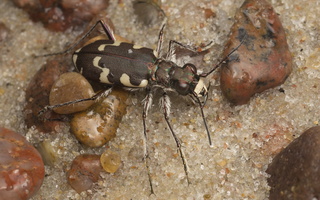 Cicindela maritima · pajūrio šoklys
Cicindela maritima · pajūrio šoklys
-
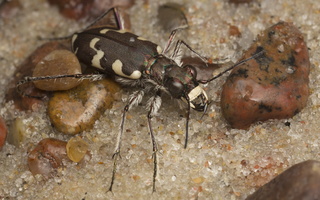 Cicindela maritima · pajūrio šoklys
Cicindela maritima · pajūrio šoklys
-
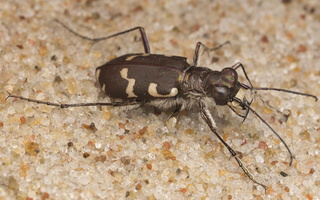 Cicindela maritima · pajūrio šoklys
Cicindela maritima · pajūrio šoklys
-
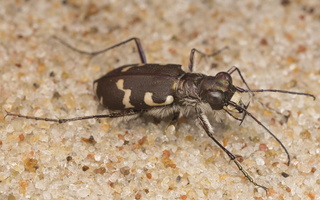 Cicindela maritima · pajūrio šoklys
Cicindela maritima · pajūrio šoklys
-
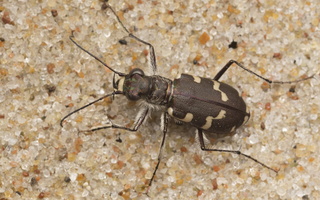 Cicindela maritima · pajūrio šoklys
Cicindela maritima · pajūrio šoklys
-
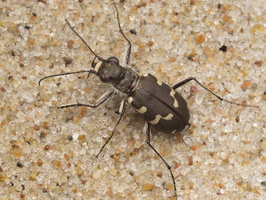 Cicindela maritima · pajūrio šoklys
Cicindela maritima · pajūrio šoklys
Cicindela maritima · pajūrio šoklys
- dune tiger beetle
- Küsten-Sandlaufkäfer
- pajūrio šoklys
- jūrmalas smilšvabole
- trzyszcz nadmorski
ukbeetles.co.uk/cicindela-maritima Although still widespread around the north European coasts, The Dune Tiger Beetle has for the past few decades been in serious decline due to the exploitation of beech and dune areas. It is now classed as extremely endangered throughout its range.
The species inhabits dunes as well as sandy beaches where it may be active along the outer tidal area and the driftline. Adults are active from late April or May until August and are sometimes abundant. They move rapidly and fly readily in pursuit of prey; early in the day they may be seen basking to warm up and during the warmest part of the day, from early afternoon onwards, they dig shallow depressions in which they remain buried in order to avoid the heat. They are spring and summer breeders; larvae appear later in the summer in burrows on loose and dry sand. Either adults or larvae overwinter.
Most specimens are straightforward to identify by the form of the transverse pale mark on the elytra, which is distinctly angled when compared with C. hybrida.Labai panašus į Cicindela hybrida, bet vidurinio antsparnių raiščio aiškus kritimas žemyn kabliuko pavidalu, užsilenkia stačiu kampu.